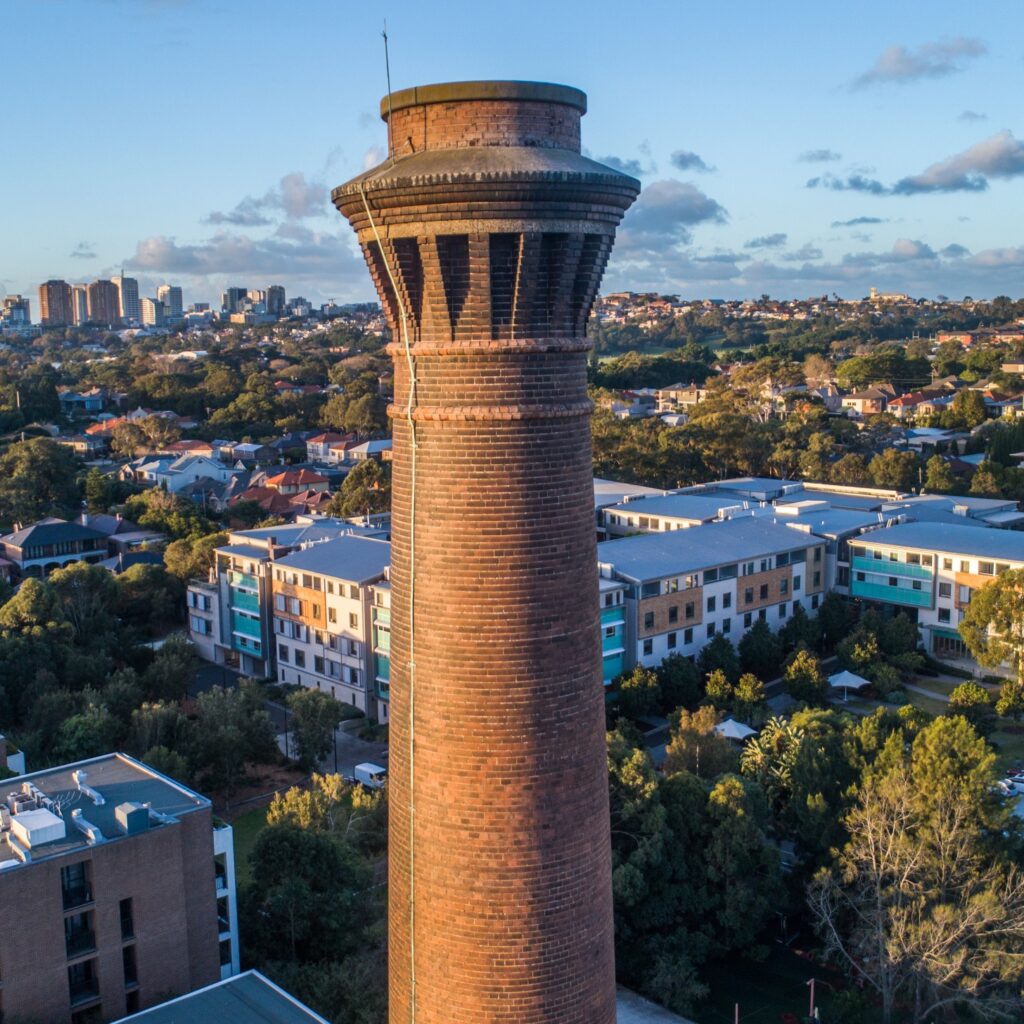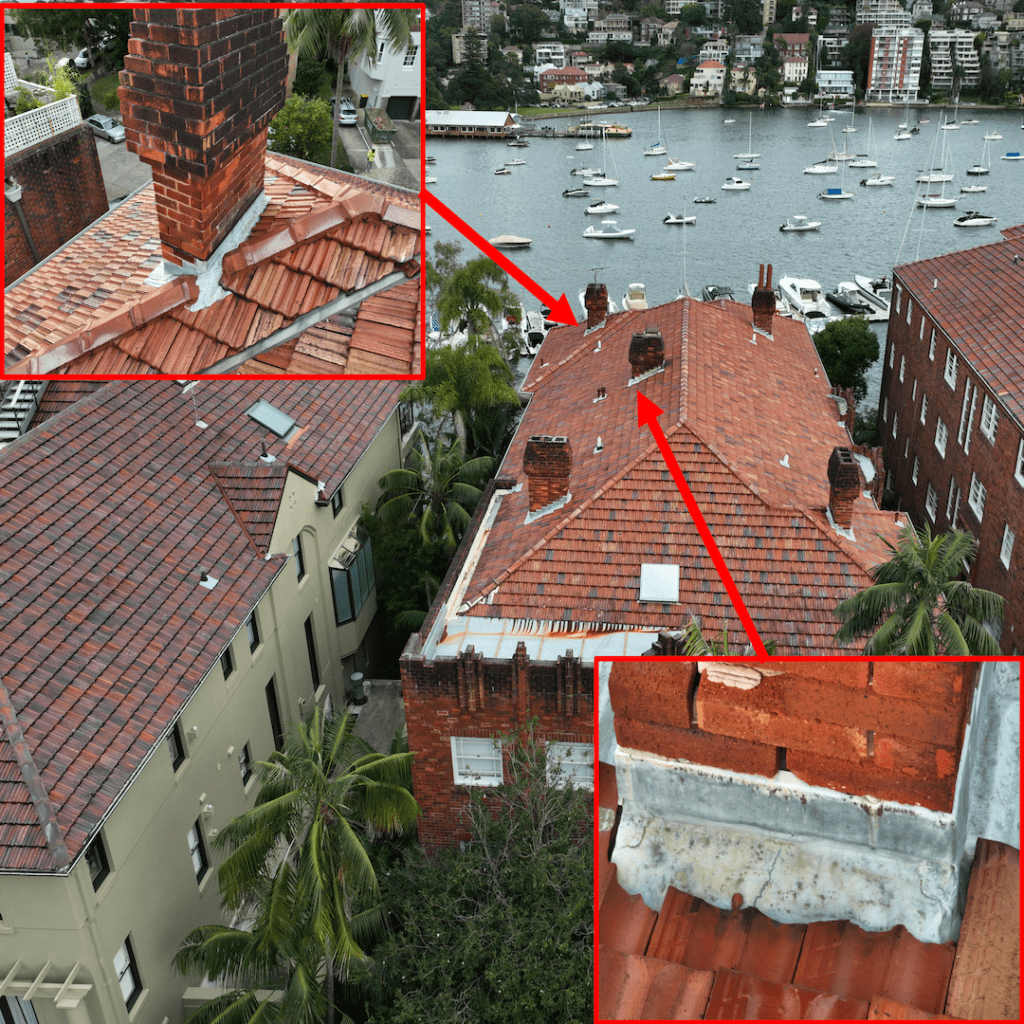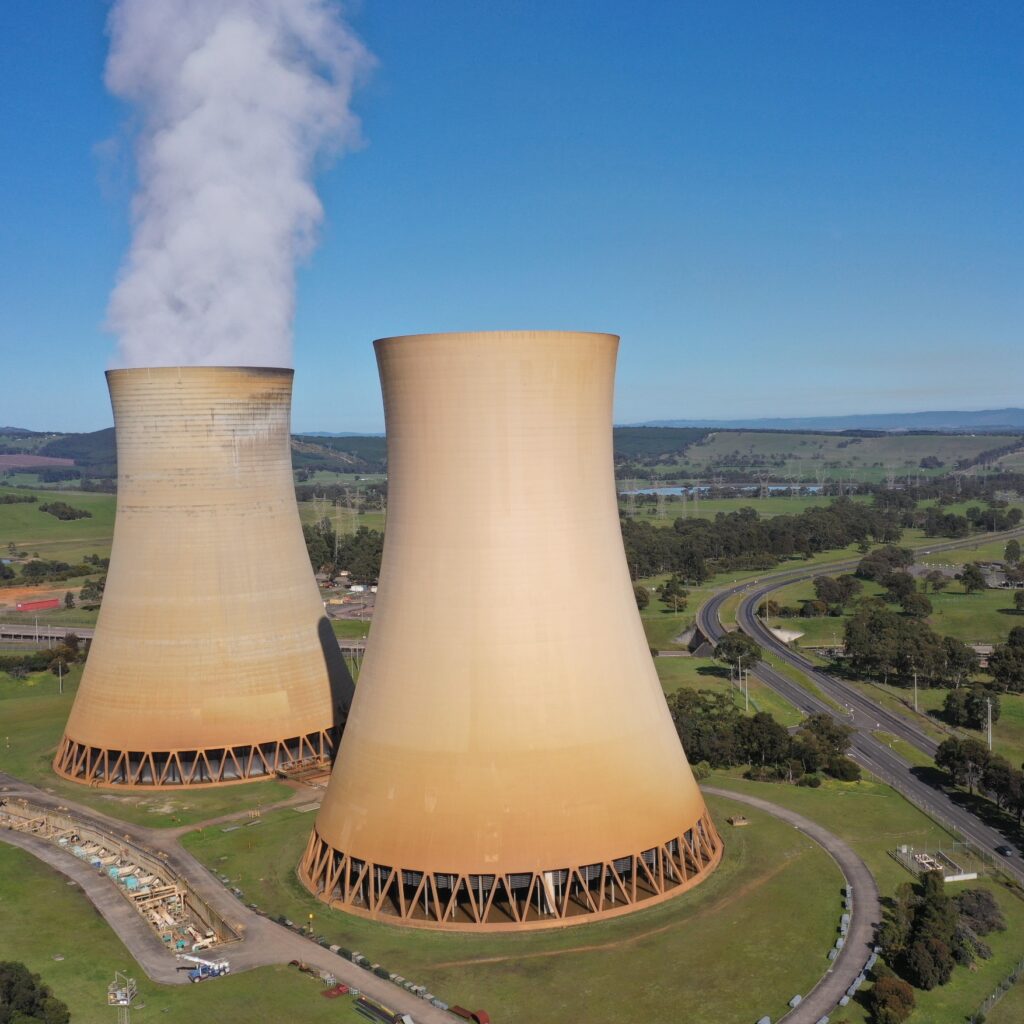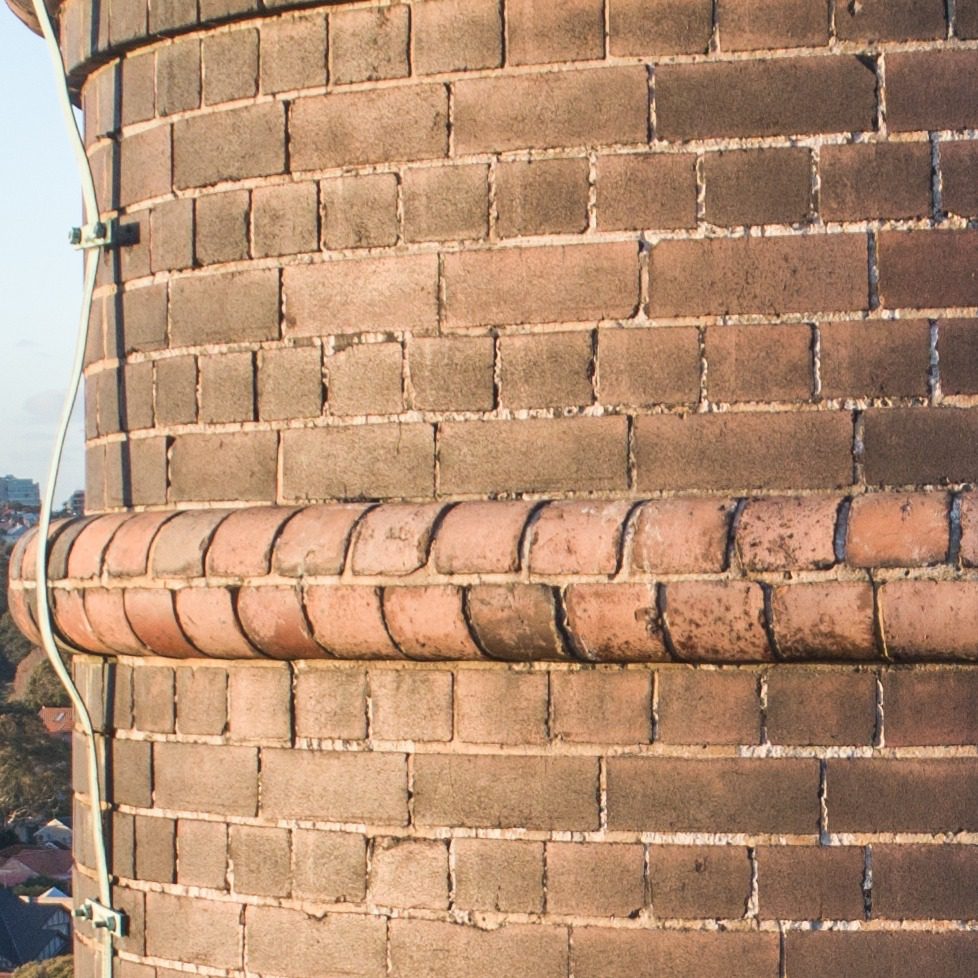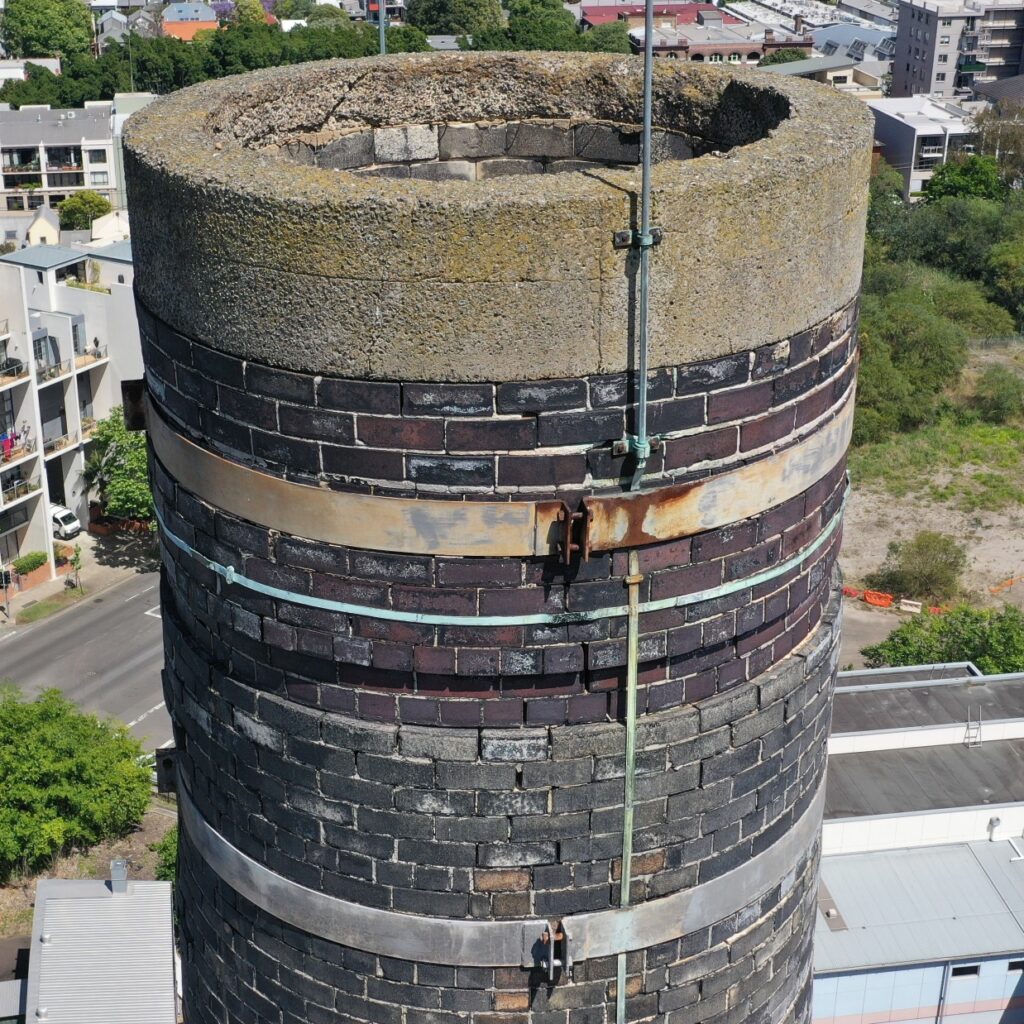Why Use Drones to Inspect Chimney Stacks
Chimney stacks require regular inspections for various reasons, ranging from safety concerns to compliance with regulations. Using drones for inspecting chimney stacks offers several advantages over traditional methods, providing a safer, more efficient, and cost-effective solution.
High Exposure has inspected various types of chimney stacks up to 200m in height which requires careful planning and experience to ensure a safe and effective data capture. Once the data is captured it needs to be organised, processed and then delivered in a meaningful way which enables an easy identification and classification of defects
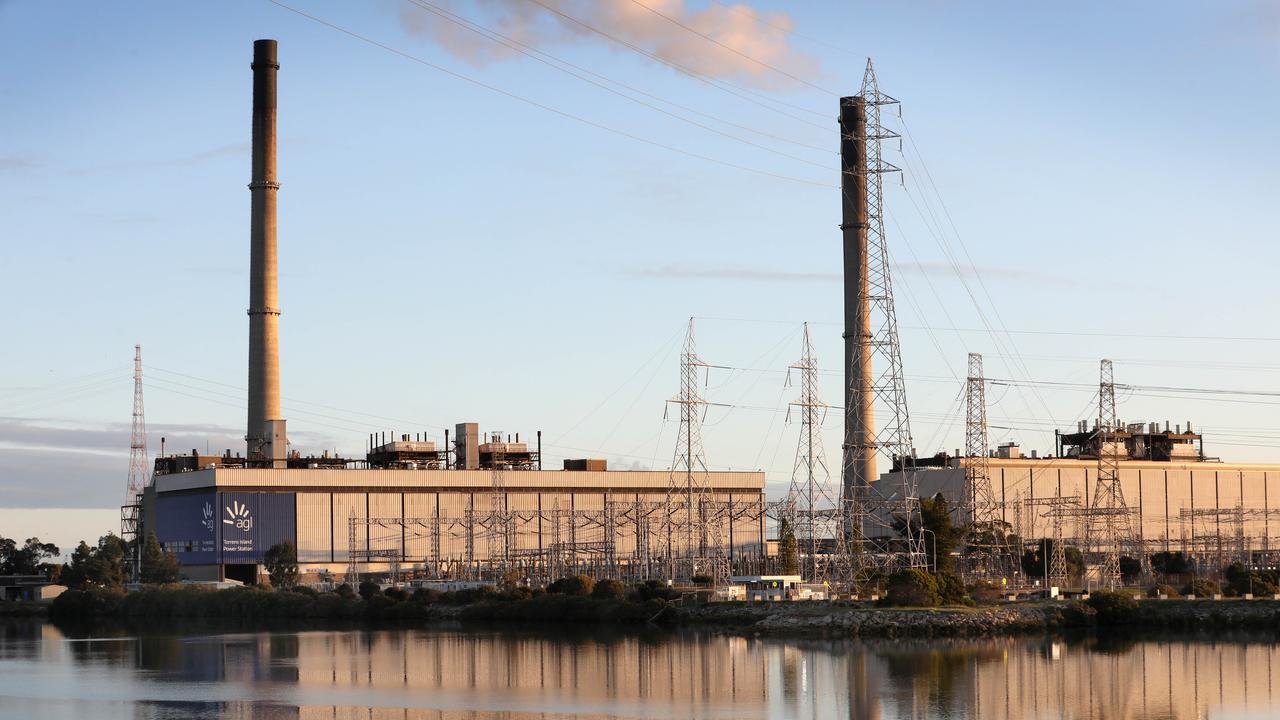
Cost
Liability insurance is very expensive and so are the costs involved with training workers to do a manual chimney stack inspection, not to mention the considerable amount of time required to complete the inspections. Since drones are faster and less of a concern in terms of liability, the insurance costs are much lower. There is also no need to shut down an active chimney since there are no humans close to the asset which further reduces costs.
Safety
Putting a machine in the air is obviously much safer than putting a human at height via an elevated work platform or climbing. This alone is a great reason to utilise drones for chimney stack inspections.
Thoroughness & Efficiency
The sheer amount of data that can be captured of a chimney stack and its components is incredible. Getting into positions that are not possible by a person and delivering a complete data set of the asset without any gaps in knowledge. There will never be any circumstances in where something was missed. This also extends to reporting in which a drone can create a 3D model of the stack which allows for much more thorough analysis due to the ease of navigating the entire asset.
Chimney Stack 3D Model Use Cases
Using 3D models for mobile tower inspection offers several advantages, enhancing the efficiency, accuracy, and effectiveness of the inspection process.
Comprehensive Visualization:
- 3D models provide a comprehensive visual representation of the entire stack structure, including the brick work, stairways, platforms, chimney cap, heat resistant paint coating and lightning rods
Inspectors can virtually navigate and explore the stack from multiple angles, gaining a detailed understanding of its condition.
Detailed Analysis:
- 3D models capture intricate details of the chimney’s components, allowing inspectors to zoom in on specific areas for a more detailed analysis.
- Issues such as corrosion, damaged lightning rods or damaged brickwork can be identified with greater precision.
Efficient Planning:
- Inspectors can plan the inspection process more efficiently by strategically focusing on specific sections of the tower within the 3D model.
- This targeted approach helps save time and resources compared to traditional manual inspections.
Historical Comparison:
- By creating 3D models during each inspection, a historical record is established.
- This enables inspectors to compare the current state of the stack with previous inspections, tracking changes over time and identifying trends or patterns.
Data Annotation and Documentation:
- 3D models allow for the annotation of specific points of interest, such as identified issues or maintenance requirements.
- This annotated data serves as a visual reference for documentation and can be shared with relevant stakeholders.
Remote Collaboration:
- 3D models facilitate remote collaboration among inspection teams, engineers, and decision-makers.
- Stakeholders can access the model from different locations, improving communication and coordination during the inspection and maintenance processes.
Telco Tower Areas of Inspection
Tower Structure:
Assess the overall condition of the tower structure, including the main mast, legs, and support beams.
Check for signs of corrosion, rust, or physical damage that may compromise structural integrity.
Antennas:
- Inspect antennas for proper alignment, secure mounting, and any visible damage.
- Check for signs of wear and tear, loose bolts, or damaged connectors.
Microwave Dish and Transmission Equipment:
- Examine microwave dishes for alignment, how they have been installed, visible damage,serial numbers as well as other written markings.
- Inspect transmission equipment for signs of wear, loose fittings, or malfunction.
Cables and Connectors:
- Examine the condition of cables, connectors, and transmission lines.
- Identify any loose or damaged connections that may affect signal quality.
Shelters and Ground Equipment:
- Inspect equipment cabinets, tx racks, cables etc for any signs of damage, water ingress, or pest infestation.
- Ensure that cooling systems (if present) are functioning correctly.
Power Supply:
Check the power supply components, including batteries, solar panels, or generators.
Ensure that the power system is providing a stable and reliable source of electricity.
Lights and Beacons:
Inspect aviation lights and beacons for proper operation and visibility.
Check for any damage or malfunction that could impact the tower’s visibility to aircraft.
Radio Frequency (RF) Equipment:
Inspect RF equipment, including transceivers, amplifiers, and filters.
Ensure that all components are securely mounted and properly connected.
Security Features:
Check security features such as fences, gates, and locks to prevent unauthorized access.
Inspect surveillance cameras or other security systems for proper functioning.
Labeling and Documentation:
Verify that the tower is appropriately labeled with identification information.
Check for the presence of required documentation, including compliance certificates and maintenance logs.
Image Gallery
